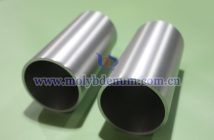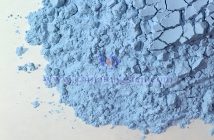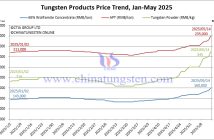The metal-insulator transition (MIT) property of vanadium dioxide (VO?) makes it a crucial functional layer for numerous optoelectronic devices. However, its growth temperature requirement (450°C) and MIT temperature requirement (60°C) limit its compatibility in optoelectronic devices, especially in flexible substrate applications.
Researchers from Beijing University of Technology and Tsinghua University have discovered a layer-by-layer transfer method of wafer-scale tungsten-doped vanadium dioxide films (W-VO? films), enabling low MIT temperatures (down to 40°C) and quasi-gradient doping integration. This advancement pushes the application of VO? films in the field of tunable optoelectronic devices. The related research findings were published in ACS Nano on February 8, 2025, titled "Wafer-Scale Transfer and Integration of Tungsten-Doped Vanadium Dioxide Films."
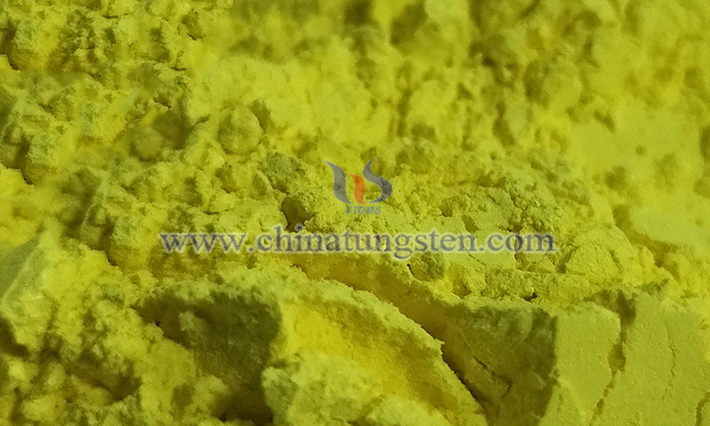
tungsten oxide picture
It is understood that compared to traditional vanadium dioxide films, tungsten-doped VO? films exhibit superior performance in optical, electrical, and thermal aspects.
Specifically, in terms of optical performance, W-VO? films demonstrate higher transmittance and more flexible control capabilities. By adjusting the doping ratio of tungsten, precise control over the transmittance of the films can be achieved, thereby meeting the optical performance requirements of various optoelectronic devices. Additionally, W-VO? films exhibit excellent metal-insulator transition (MIT) properties, making them promising for applications in thermochromic materials, smart windows, and other fields.
In terms of electrical performance, the resistivity of W-VO? films is effectively reduced, enabling higher conductivity and lower energy consumption in electronic devices. Meanwhile, tungsten doping enhances the mechanical properties and stability of the films, allowing W-VO? films to maintain excellent electrical performance under mechanical stresses such as bending and stretching, as well as during prolonged operation.
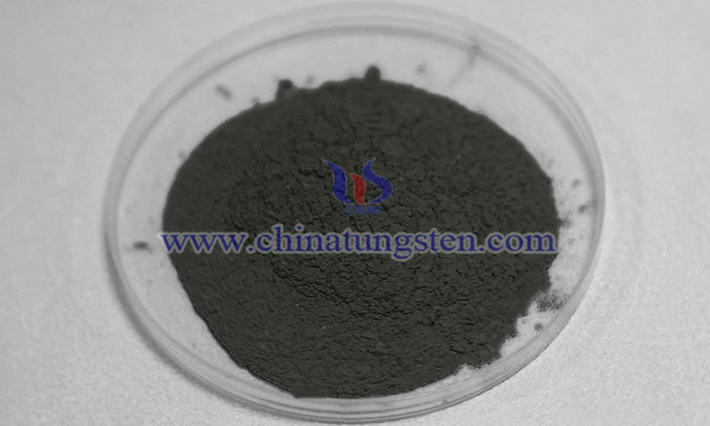
tungsten powder picture
In terms of thermal performance, W-VO? films exhibit outstanding thermal sensitivity and thermal regulation capabilities. By precisely controlling the temperature of the films, rapid regulation of their optical and electrical properties can be achieved. This characteristic makes W-VO? films hold great potential for applications in thermal radiation modulation, thermal camouflage, and other fields.

